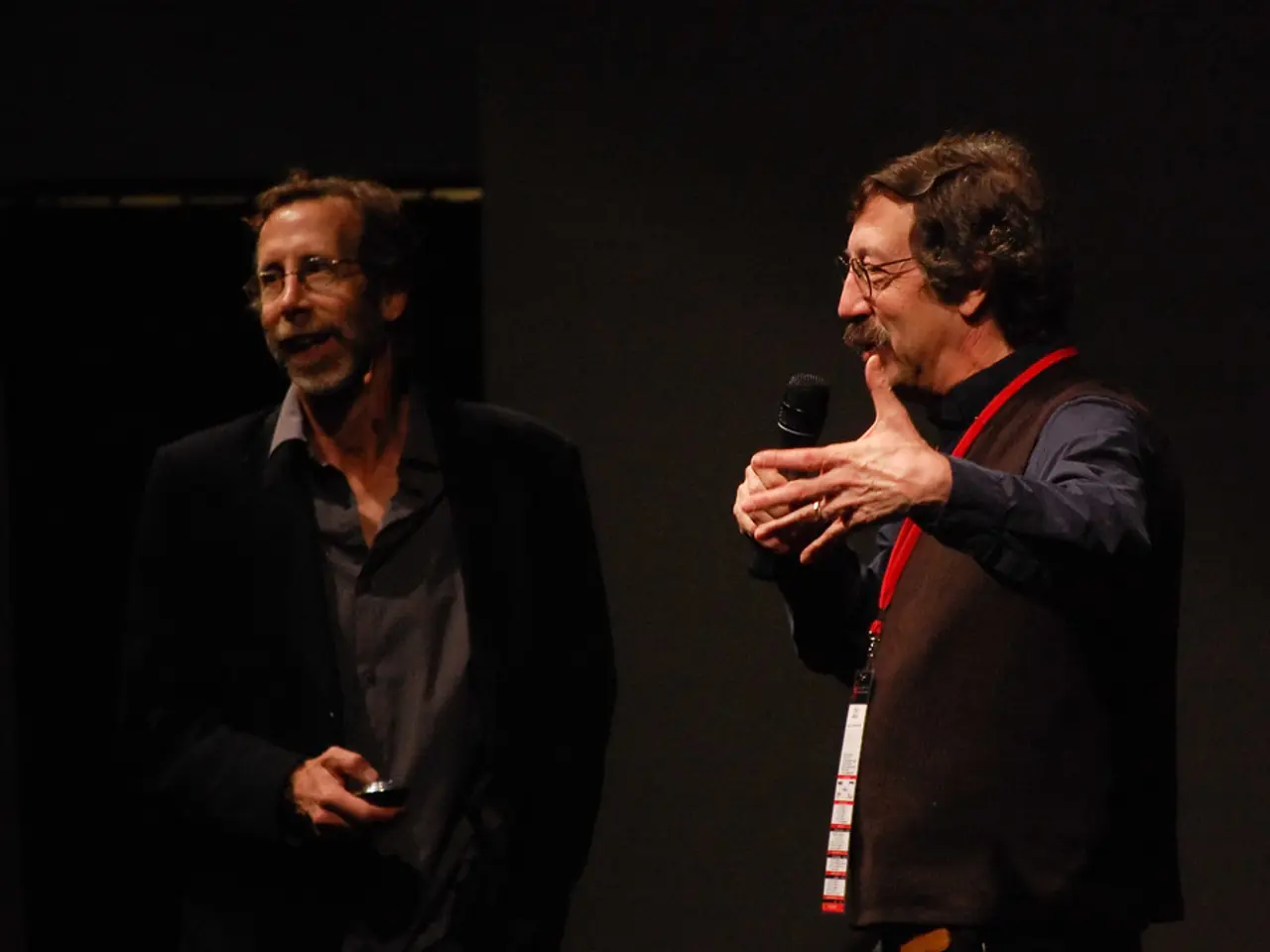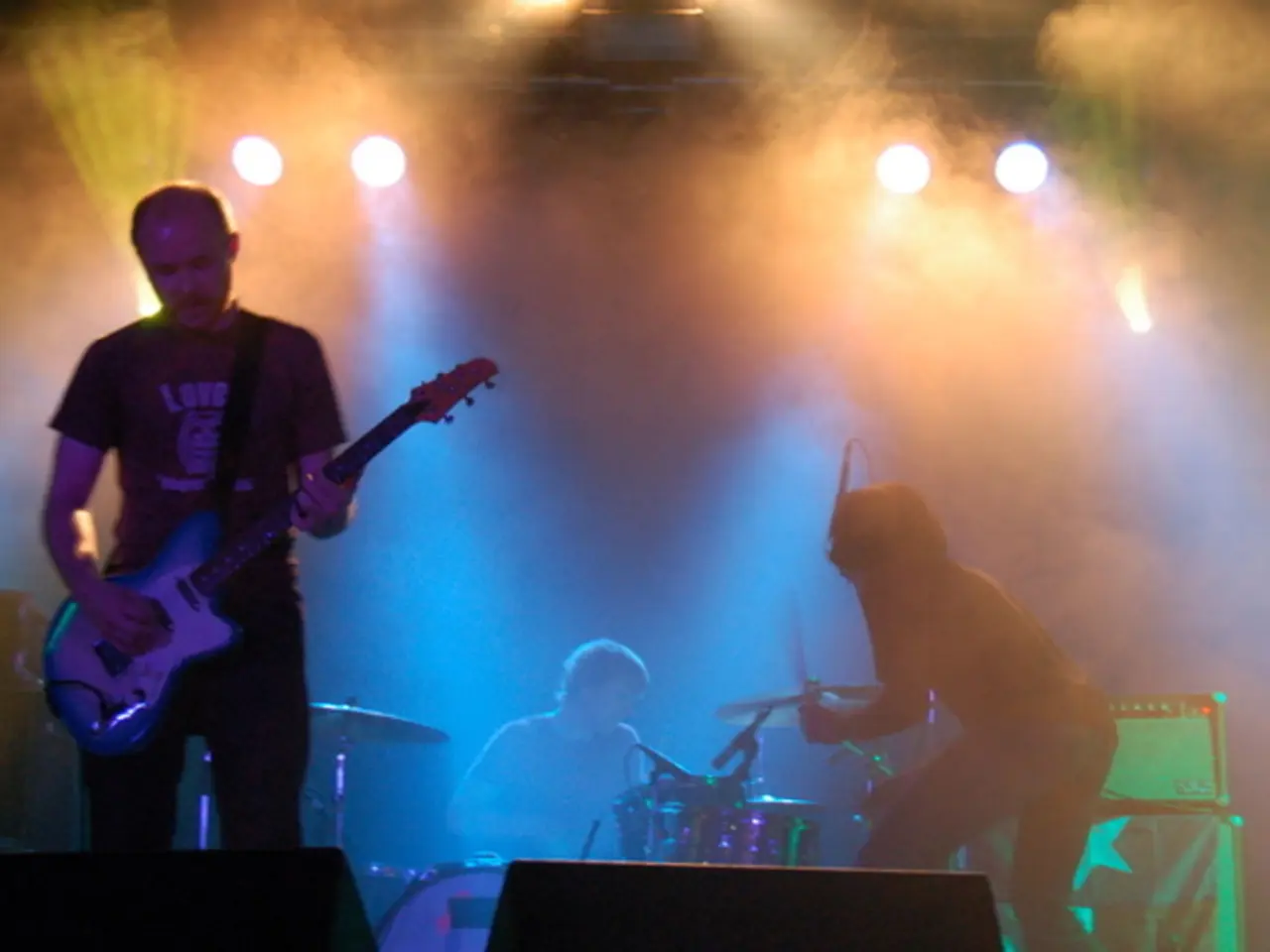Preferring finger-played bass over the use of a pick, Billy Corgan shares insights into the essence of his bass work in the Smashing Pumpkins' studio, emphasizing the importance of a precise touch to maintain the guitar's aggressive tone.
Billy Corgan's Influential Approach to Bass Guitar in Smashing Pumpkins
Billy Corgan, the frontman and one of the most influential guitarists of his generation, has played a significant role in shaping the sound of alternative rock, particularly in his approach to the bass guitar in Smashing Pumpkins.
Corgan tends to view the bass in a support-and-enhance type of role, making everything else shine brighter. He has written and recorded the bass guitar tracks on almost every album in the entirety of Smashing Pumpkins' history. However, he admits he doesn't always think like a bass player, but has developed a greater respect for the role over time.
Corgan's approach to the bass as a creative outlet has led to unique basslines that harmonize or blur with his guitar. On key albums like Siamese Dream, he played almost all the guitar and bass parts himself to achieve a highly produced, complex sonic depth, blending bass lines tightly with multiple guitar overdubs to create atmospheric and progressive textures rather than traditional straightforward bass grooves.
This approach diverged from the more standard punk or grunge bass styles predominant in early 1990s alternative rock by making the bass integral to the harmonic and melodic layering, contributing to what Rolling Stone described as a sound closer to progressive rock than typical alternative or grunge.
Corgan's style favored subtlety and integration with the guitar overdubs to build massive sonic walls, influencing alternative rock bassists to adopt more textural and compositional roles. He prefers the bass to disappear and reappear at will, supporting the guitar parts and occasionally drawing attention.
Though Corgan is primarily a guitarist and vocalist, his control over bass on studio albums steered the band’s sound and provoked a broader trend in alternative rock where bass playing moved beyond a simple rhythmic foundation toward a key part of the layered, richly arranged soundscape. This helped shift alternative rock bass trends towards more intricately constructed bass parts that serve the overall production and atmosphere, rather than just holding down basic roots or simple riffs.
Corgan owns a variety of bass guitars, including a 1958 Fender P-Bass, a 1963 Fender Jazz Bass, a 1968 Guild Starfire, a 1968 Höfner violin bass, a '60s-era Fender Coronado, various '70s P-Basses, a '60s Gibson EB-2, and various Reverend basses. He prefers bassists who play with their fingers, but acknowledges that a pick can be used correctly to not interfere with the guitar's tonality.
Since D'arcy's departure in 1999, all bassists in Smashing Pumpkins have been pick players. Corgan's influence extends beyond the band, as he has sold more than 30 million records with Smashing Pumpkins and released landmark albums such as Siamese Dream, Mellon Collie And The Infinite Sadness, and Adore. The collective stage presence of the bassists in Smashing Pumpkins is infinitely powerful, though the roles of various bassists in the development of Smashing Pumpkins' unique sound are unclear due to Corgan's heavy involvement in the bass parts.
- Billy Corgan, a significant figure in alternative rock, prefers a support-and-enhance role for the bass guitar, as evident in Smashing Pumpkins' music.
- Corgan's unique basslines on key albums like Siamese Dream harmonize or blur with his guitar, creating atmospheric and progressive textures.
- Corgan owns various bass guitars, including a 1958 Fender P-Bass, and he prefers bassists who play with their fingers.
- Despite playing a primary role in creating Smashing Pumpkins' unique bass sound, Corgan's influence extends beyond the band, selling more than 30 million records and releasing landmark albums.







